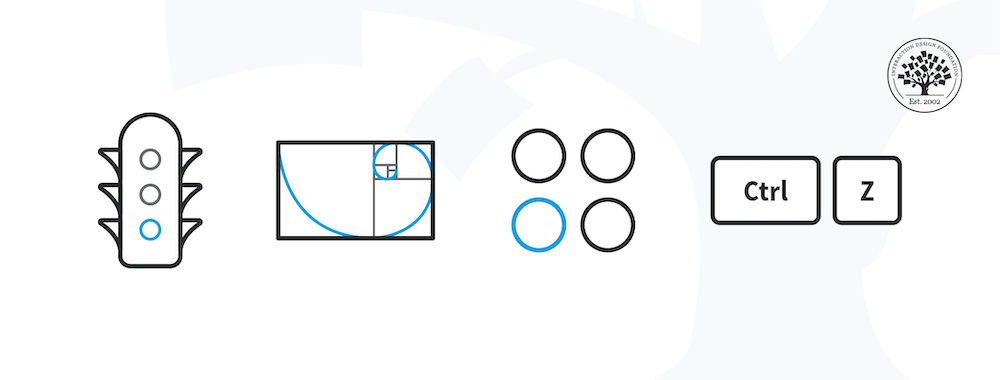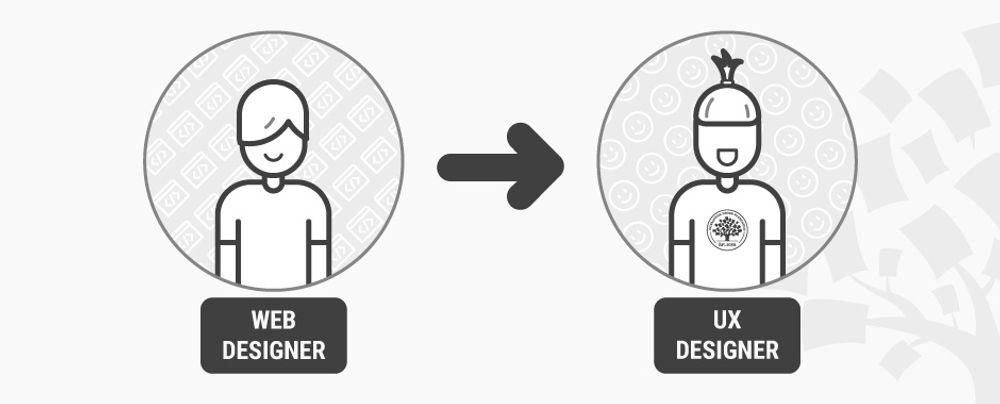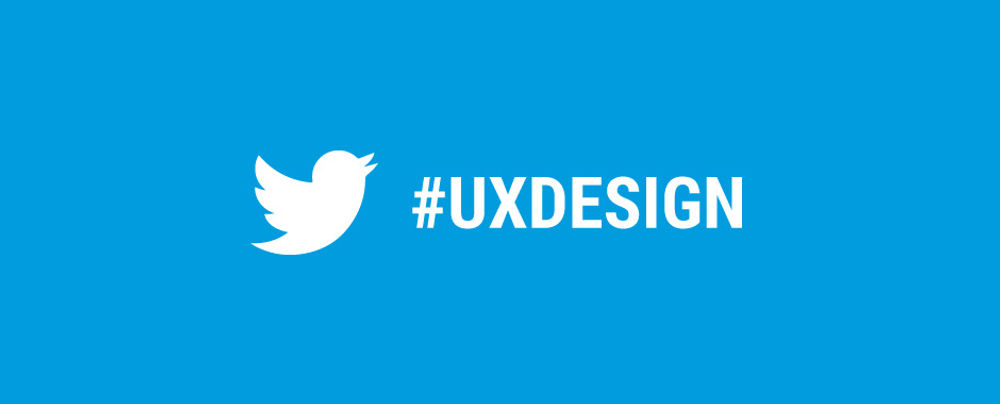Most designers are familiar with non-disclosure agreements. Usually, your employer asks you to sign such an agreement to prevent you from revealing confidential information. But when you write your UX case studies, your NDAs suddenly seem like an obstacle. How should you write about your design projects if you’ve signed an NDA? Well, a simple solution is to ask for permission—but if that fails, there are other options you can explore. Let’s go through the basics of how to handle NDAs in your UX case studies.
Show
Hide
video transcript
- Transcript loading…
What are NDAs?
Let’s begin with a quick explainer of what non-disclosure agreements are. Companies usually ask people who work with them to sign these agreements to prevent the loss of trade secrets. That’s because there might be huge financial losses if a competitor finds out about how a company operates.
Your NDA restricts your ability to share confidential information relating to your work. So, what counts as confidential information? Most companies define what they mean by “confidential” in their NDA; nonetheless, to err on the side of caution, you should assume any information that isn’t publicly available is confidential.
This means if you signed an NDA, you by default cannot write a UX case study based on your project. Obviously, many UX designers write case studies about their projects—and they do so ethically and without contravening their agreements. How can you do the same?
Can’t You Just Ignore Your NDA…?
Well, no! If you could, we’d have renamed our headline “How to ignore your non-disclosure agreements”. Unfortunately, you’ll face some consequences if you willingly breach your NDA.
First, your company might act against you. They might file a lawsuit to demand compensation or provide a bad reference (or no reference, which can have the same effect) for your job applications. Even if it’s not likely that your employer will sue you—although you never know, depending on how serious the case is—there are other things you should consider, too.
Perhaps more importantly, you’ll likely look bad to a recruiter if you breach your NDA. If you freely, and without permission, reveal confidential information in your UX case studies and job interviews, then your recruiter will think you cannot be trusted with trade secrets. That’s disastrous for your job application, and it doesn’t make sense for you to take such a risk when the goal of your UX case study is to help you get a job.
So, to avoid any negative impacts on your job applications, you should never ignore your NDAs. Here’s what to do instead.
Public Content is Public
Websites and apps which are publicly available are always safe to use. That way, you’re free to include any public design results you’ve created in your case studies. This might not include content or designs which are behind a paywall—if your design is behind a paywall, read on to see what you could do. On top of that, you may also not be allowed to share the work process which led to the result. Here’s how you find out what you can and cannot do.
First, Read Your Contract
Find out the terms of your NDA. Your contract usually spells out what it considers “confidential”. Use it to determine if it’s okay to write about a project without getting permission from your employer. If in doubt, contact them about it, anyway.
Ask for Permission to Write About a Project
Next, ask your employer for permission to write a UX case study based on your project. You’ll most likely get the green light to go ahead as long as you clearly explain what you’ll include in your case study.
When you ask for permission, it’s best to make the following clear:
Which project(s) you will write about;
What parts of the project(s) you will include—for instance, which parts of the design process and even which images, sketches and screenshots you’ll use; and
Where you’ll display the case study—for instance, in your online UX design portfolio.
Even if you’ve not signed an NDA, you should still ask for permission! It’s a nice gesture, and you’ll demonstrate a great deal of professionalism.
Furthermore, you should always send your employer a copy of your final UX case study before you publish it, just in case you accidentally included sensitive information in it. Always ask for a green light.
Sanitize the Information You Include in Your UX Case Studies
Remember to sanitize the information you include in your case studies:
Remove unnecessary information that might reveal confidential details, especially if they don’t help explain your design skills and process.
Show percentages rather than the actual figures. For instance, instead of saying “we saw an increase in the monthly signups from 12,512 to 14,013”, write “we saw a 12% increase in monthly signups”. This way, you clearly communicate your impact without revealing too much.
Generalize the work you’ve done. Share your overall design process, rather than minute details of your project. Don’t share screenshots of detailed behind-the-scenes sketches if they are confidential. Instead, share sketches without confidential information and zoomed-out pictures of Post-its in an ideation session. You’ll cut down on the length of your UX case studies, too.
Sanitize your information before you ask your employer for permission to write your case study. That way, you’ll increase your chances of getting approved.
Ask for Permission to Talk About a Project in Private
If your employer doesn’t want you to publish a UX case study on your project, your next-best solution is to ask for permission to talk about your project to recruiters in private. This could be done either face-to-face, such as in a job interview, or by setting a password to your case study. This way, you can still demonstrate your skills to the people who matter the most in your job applications.
Again, clarity is key when you ask for permission to talk about your project in private. And you can take that from at least one good authority:
“Be specific. Ask your previous employer if you can show X + Y pieces. Let them know how you plan to explain X + Y pieces. Let them know specifically who you’ll be sharing it with, and why. This will give you a much better chance of being given permission to show your work.”
—Brittany Mederos, Senior Designer at Microsoft
If you can only talk about your project in private, then the UX case studies you show in your UX design portfolio should be brief summaries. In a paragraph, explain your job scope and role and end with a sentence that says you’ll be willing to talk more in an interview.
The same rule about sanitizing your information applies when you speak to recruiters about your projects! Don’t gush about minute details of your work. Instead, focus on general design processes. Use percentages if you must talk about numerical metrics. It can be hard to refrain from letting secret details slip in the heat of the moment in an interview. Remember, though—it pays to come across as trustworthy and honorable. Any good recruiter will prefer that over discovering someone who they think may give away secrets sometime in the future.
Don’t Blur or Black Out Parts of Your UX Case Study
If you really want to showcase your work for a client but cannot do so due to your NDA, you might have considered removing sensitive parts of your case study. This means removing or replacing all confidential information, such as client logos, financial data, user names and habits, etc.
However, we don’t recommend that you black out parts of your UX case study. This is because:
You still run the risk of violating your NDA if your employer or client finds out and is unhappy that you wrote your UX case study.
You might miss out or forget to remove some confidential information.
Information that you think can be included in your UX case study might turn out to be sensitive.
It provides a bad reading experience, as recruiters essentially get a story with gaping holes in it.
You’ll likely look bad to a recruiter if you freely risk revealing confidential information, and the recruiter will think you cannot be trusted with trade secrets.
As we mentioned above, you’ll be far better off doing your own personal project that demonstrates the same skills.
The Take Away
When you write your UX case studies, NDAs can feel like huge obstacles. Thankfully, they’re usually not. Companies just want to protect their trade secrets. So, as long as you sanitize your information and ask for permission to write your case study, you are likely to get the go-ahead.
We suggest you do the following to handle your NDA:
First, check your contract to learn the terms of your NDA.
Next, get permission to write about your project in a UX case study.
If that fails, ask if you can talk privately about your project, for instance in a job interview.
References and Where to Learn More
Read more tips on NDAs by Brittany Mederos: NDAs and confidentiality
Hero image: Author / Copyright holder: Jelleke Vanooteghem. Copyright terms and license: Unsplash License.












